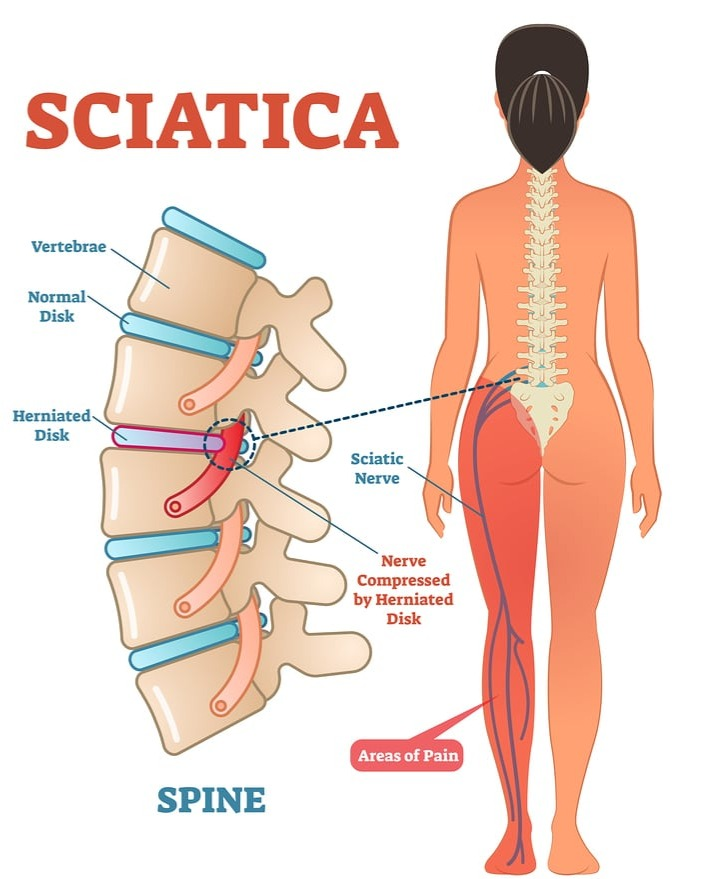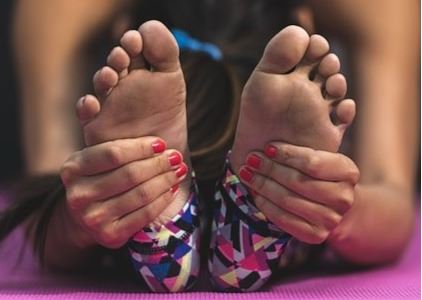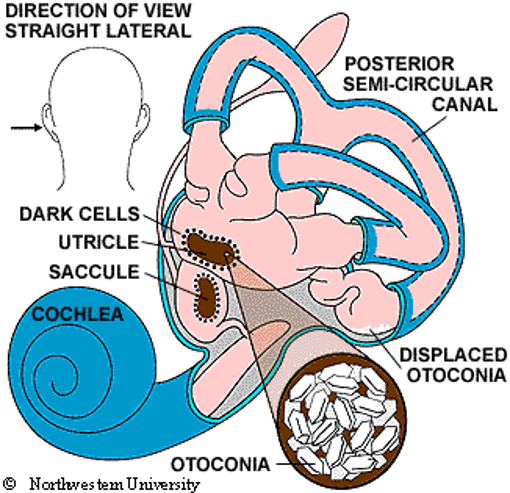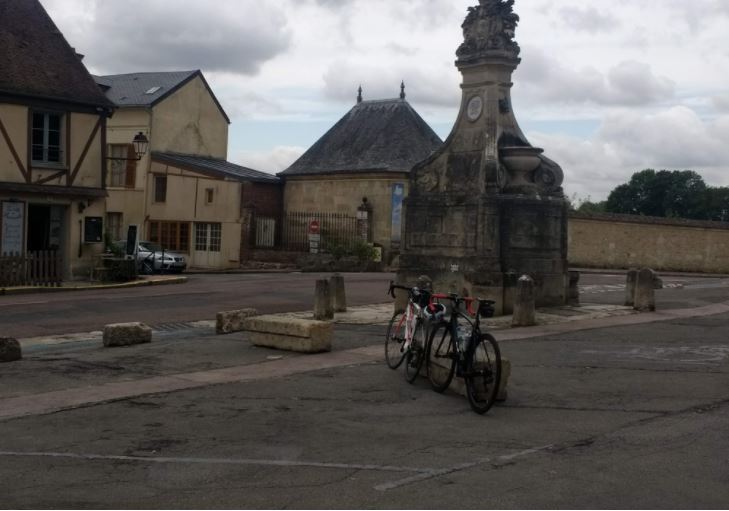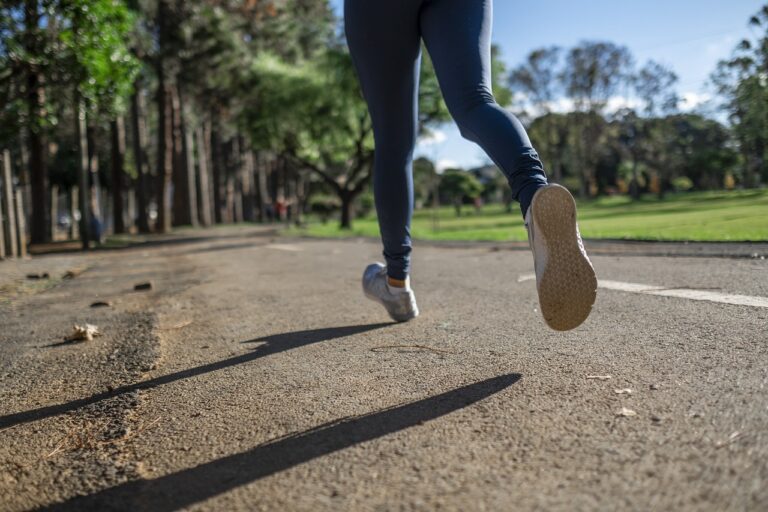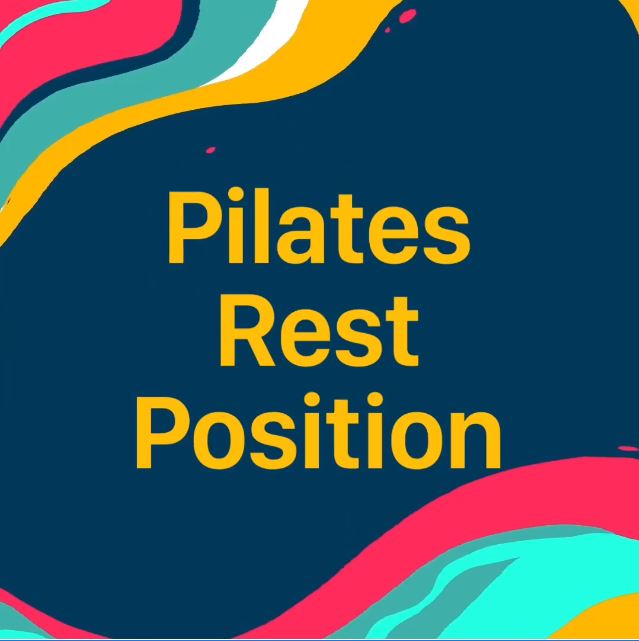Sciatica……a pain in the bum
You may have heard of sciatica or even experienced it, in which case you will know how painful it can be. However, this condition that causes pain to radiate into the bottom cheek and down the leg is often not really understood by people. In simple terms it means pain caused by irritation of the sciatic nerve which can cause shooting pains, electric shock sensations, pins and needles or numbness anywhere along the course of the nerve.
What is the Sciatic Nerve?
The Sciatic nerve is formed from nerve roots which originate in the spinal cord, leaving through narrow openings in the spinal column and joining together to form the Sciatic nerve itself. The nerve then travels across then buttock through the gluteal muscles and then down the back of the thigh through the hamstrings. At the knee it splits into 2 branches; one continues down the back of the leg into the calf (the tibial nerve) and the other winds towards the outside of the lower leg, running towards the ankle and the outside of the foot. So sciatica may be felt as pain down the back of the leg, but equally it can create more local pain in the calf, round the outside of the ankle or in the bum cheek.
What causes Sciatic pain?
The most frequent cause of sciatic pain is a disc bulge in the lower part of the lumbar spine (the 5 vertebra at the base of the spine sitting on top of the sacrum). As described in my previous blog ‘can a disc slip?’ a disc bulge forms when the softer gel-like centre of the disc is squeezed outwards against the more fibrous outer layer to create a bulge. The bulge then impinges on the nerve root as it leaves the spine causing irritation of the sciatic nerve. In addition to this pressure causing irritation of the nerve, which we feel as pain, numbness or pins and needles it causes the nerve to behave differently. A normal nerve does not mind being stretched or compressed whereas an irritated nerve does not like this. When you sit for long periods, especially on a hard based chair, you are squashing the nerve as it passes along the buttock muscles so this causes pain along the nerve. Also when you sit with your leg outstretched such as when you are driving, the subsequent stretch of the nerve will not be well tolerated resulting in pain. So it is no wonder that sciatica is often so much worse when we sit or drive for long periods! Nerve pain is often much worse at night so if your buttock and leg pain is keeping you awake at night this is a typical symptom of sciatica.
How can I help sciatica?
The majority of sciatica gets better on its own within 6 weeks, if it is caused by a disc bulge it will gradually heal over this period of time and the pressure on the nerve will reduce. There is much you can do to help speed up this process, there is no need to suffer in silence. Staying active, avoiding sitting for long periods and doing some simple stretches are the key things you can do. If you need to take painkillers to do this then do so. There is no point in ’braving it out’ and being unable to move around as movement is the most important thing to make a good and speedy recovery. As the saying goes ‘motion is lotion’!
Physiotherapy is very helpful as we can use manual therapy techniques to reduce pain and make it easier for you to move. We can also advise and teach you the most appropriate exercises and stretches for your specific problem. Importantly, we can diagnose whether your pain in the bum (or leg) is sciatica or one of a number of other conditions that cause buttock pain. These include:
- Proximal Hamstring tendinopathy– This painful condition makes it extremely uncomfortable to sit. The hamstring muscles attach to the point of your sitting bones via a tendon. Stress on this tendon, caused by activities such as over-training, excessive sprinting or weakness of the gluteal muscles, forcing the hamstrings to overwork causes the tendon to weaken and become painful.
- Gluteal tendinopathy– This is an extremely common cause of pain in the buttock and side of the hip and is more common in women than men. You have 3 gluteal muscles that attach to the bony point on the side of your hip via a tendon. The tendon can become painful by increasing exercise too quickly or when the gluteal muscles are too weak to cope with the activities you are doing.
- Lumbar spine referred pain– Our vertebra are joined together by pairs of joints and ligaments as well as many muscles which span the length of the spine. Stiffness of the joints, strains of the joints or ligaments or weakness tightness of the back muscles can all cause pain which is not always felt at the point of the problem, rather the pain refers in to bottom cheek
Physiotherapy is beneficial for all these conditions and the important thing is to get the right diagnosis so the you can do the right exercises and make lifestyle changes, all of which will set you on the road to recovery. So if you are suffering with pain in the bum make an appointment with us so that we can diagnose the problem and give you the right exercises and advice to get you back to doing the things you love!
Sam

